Section outline
-

Mala Mitra
Lecturer
Department of Information Technology & Management
Daffodil International University
-
Business Communication
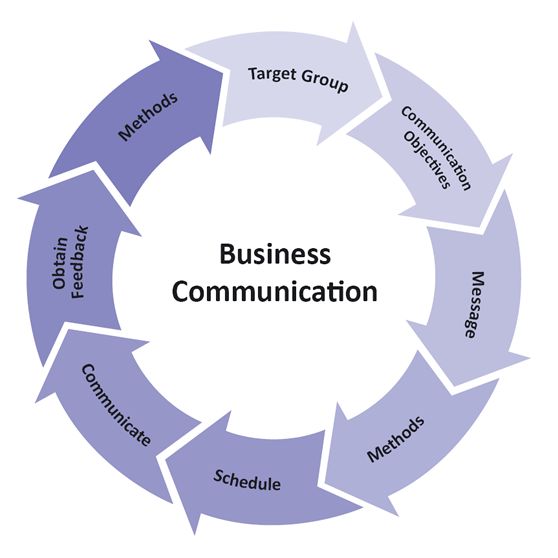
COURSE OBJECTIVES:
- 1. To Exchange Information
- 2. To Achieve the organizational Goal
- 3. To Maintain Co-ordination and Co-operation
- 4. Planning what is to be done in future
- 5. To Facilitate Direction and Motivation
- 6. To Achieve Efficiency
- 7. To Solve Problem
- 8. To Create Consciousness
- 9. To Increase Job Satisfaction
- 10. To Improve Employer-Employee Relationship
- 11. To Manage Human Resources
- 12. To Attract Customer
- 13. To Obtain Overall Development
- 14. To Provide Necessary Data for Decision-Making
- 15. To Educate Workers
COURSE LEARNING OUTCOME
- effective business writing.
- effective business communications.
- research approaches and information collection.
- developing and delivering effective presentations.
- effective interpersonal communications.
- skills that maximize team effectiveness.
- good time management.
- effective problem solving.
COURSE CONTENTS:
- Meaning of Communication & Effective Business Communication
- Skills of Communication
- Business Letters
- Speech-Face to face conversation
- Recruitment Correspondence
- Communication within the organization and small groups
- Types of report
- Preparing Agenda
- Types of Letters
- Dunning letter
- Oral Presentation Skill
-
Basic of Communication

Learning Outcomes
- Scope, Purposes of Communication
- Process of Business Communication
- principles of Communication
- Functions of Effective communication
- Importance of Management in Business Communication
- Models of Communication
- Barriers to Communication
- Overcoming the barriers
-
Skills Of Communication
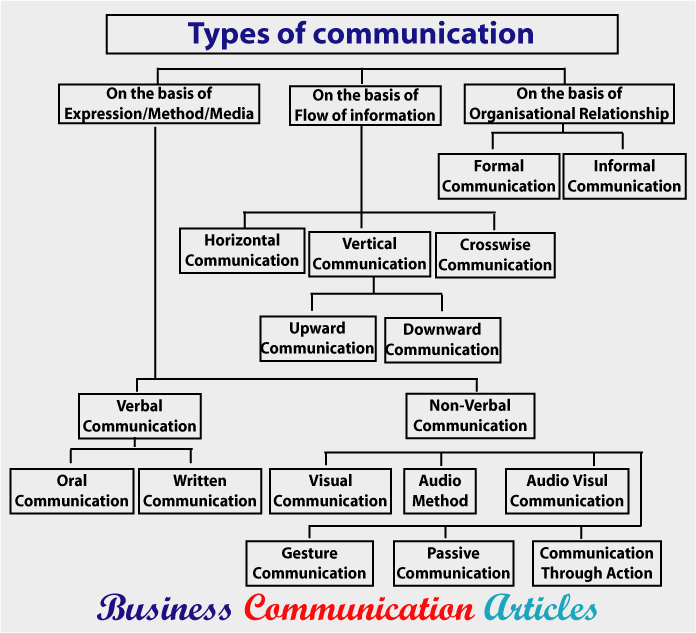
Objectives:
- Exchange of Information
- Achievement of Organizational Goals
- Directing the Subordinates
- Motivating the Employees
- Increase the Efficiency
- Improves Job Satisfaction
- Attracting Customers
- Educate and Train Employees
- Developing a Better Image
Learning Outcomes:
- To understand and appreciate the process of communication as an important constituent of the professional effectiveness
- To understand oneself and improve interpersonal skills
- Exposure to communication concepts
- Diagnose and circumvent barriers to communication
- To gain confidence and honing presentation skills
-
Business Letter
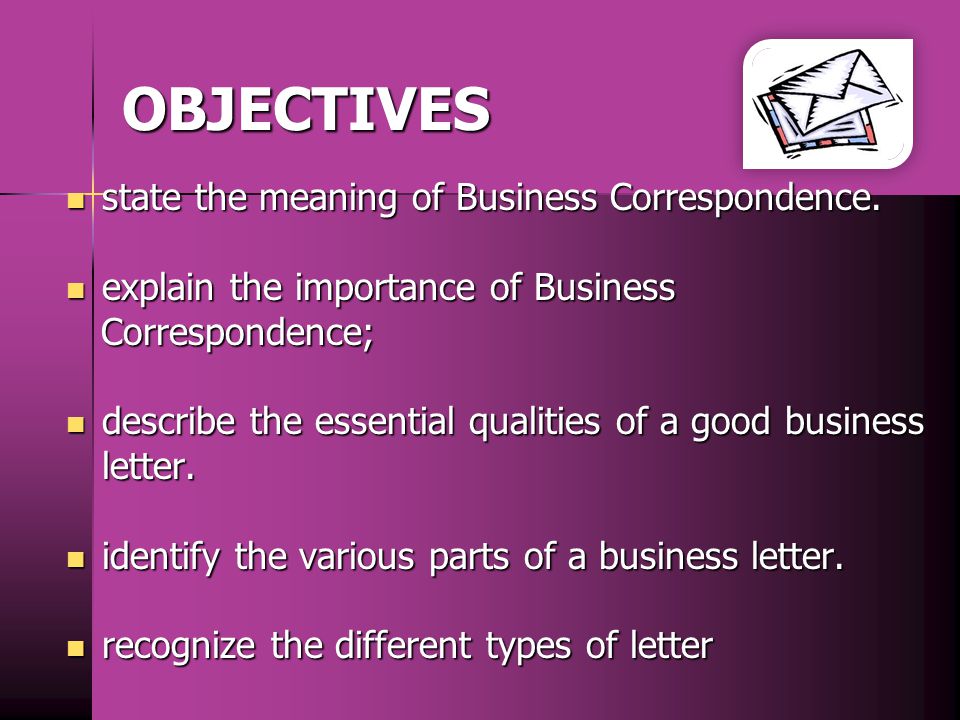
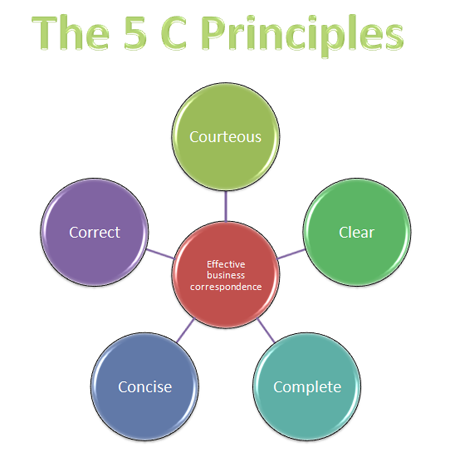
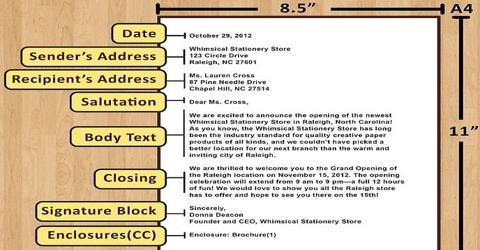
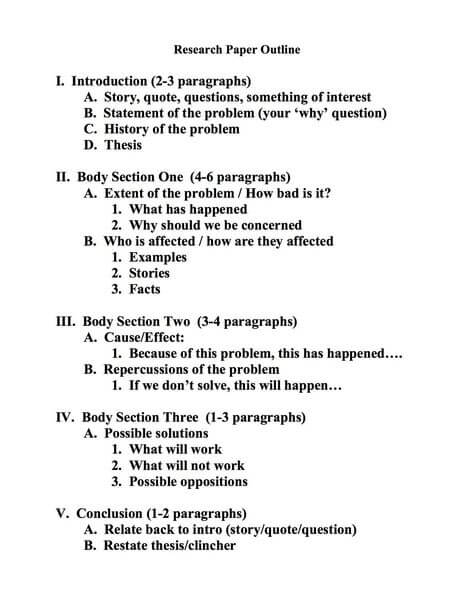
0bjectives
- Making a Sale. One of the most common objectives of a business letter is to make a direct sale.
- Clarifying the Details.
- Inviting a Call to Action.
- Building Relationships and Networking.
- Keeping Records With a Business Communication Letter.
Learning Outcomes
- To learn an acceptable layout for a business letter
- To learn a correct content structure for a business letter
- To practice an effective business letter
- To learn about a Research Report
-
Oral Communication Skills


Learning Outcomes
- Organize messages.
- Compose and deliver messages.
- Acknowledge opinions and differences.
- Paraphrase information and opposing points.
- Demonstrate understanding and use of listening behaviors.
- Phrase questions to obtain information.
- Use communication skills.
-
Non-Verbal & Internal Communication



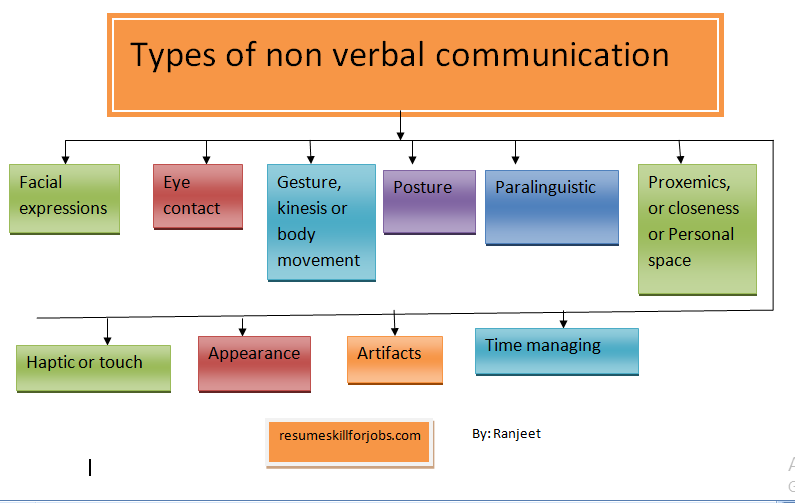
Learning Objectives
After completing this chapter, you should be able to demonstrate mastery of the following learning outcomes:
1. Define nonverbal communication, explain its meta communicative nature, and discuss its functions and characteristics.
2. Define and distinguish among the following kinds of nonverbal messages: kinesics, paralanguage, proxemics, haptics, artefactual communication and appearance, olfactics, color, and chronemics.
3. Compare and contrast the nonverbal communication styles of men and women.
4. Distinguish between contact and non contact cultures.
5. Describe the impacts of media and technology on nonverbal messages.
6. Identify steps you can take to improve your nonverbal effectiveness.
7. Estimates the functions of Internal Communications.
8. Flow chart of the Network of Internal Communication.
9. Explain the Modern devices used in communication.
10. Describe the Small group communication. -
-
Opened: Saturday, 4 June 2022, 12:00 AMDue: Wednesday, 22 June 2022, 11:59 PM
Assignment and Presentation
1. Resume
2. Cover Letter
3. Research Methodology
-
